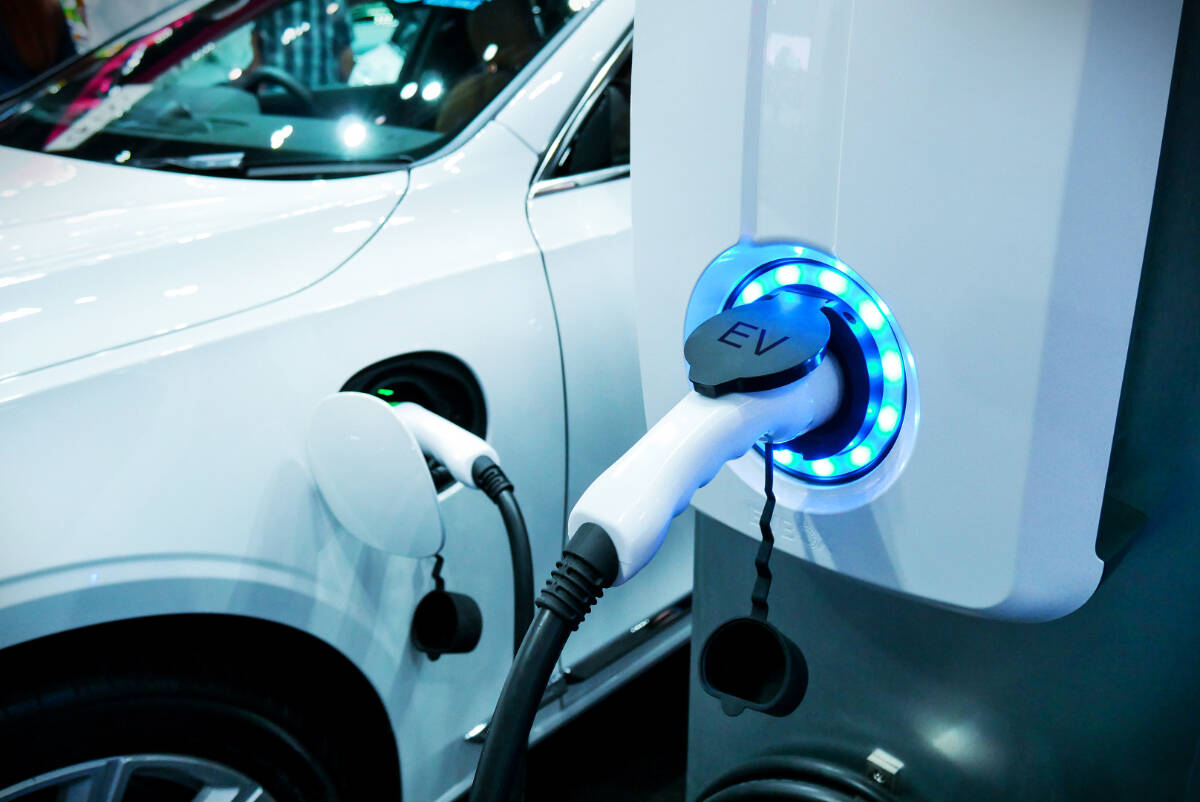The provincial government is stepping on the gas pedal when it comes to getting more zero-emission vehicles on the road and a climate policy expert gives the policy a green light.
But the association representing car dealers is suggesting government proceed with caution.
Minister of Energy Josie Osborne Tuesday (Oct. 24) tabled changes to legislation to ramp up the use of ZEVs. If approved, ZEVs would make up 100 per cent of new sales and leases of light-duty vehicles by 2035 — five years ahead of the current schedule. Automakers face intermediary steps on the way to that goal: 26 per cent by 2026 and 90 per cent by 2030.
Katya Rhodes, an assistant professor at the University of Victoria specializing in climate policy, says she is not surprised that government is bringing forward these changes to legislation first introduced in 2019.
“Around the world the sales of electric vehicles are exceeding expectations, exceeding all the targets,” she said, pointing to California, which has similar targets. British Columbia, she added, is following California and Canada is following British Columbia.
Rhodes said the higher targets will help.
“In fact, B.C. needs to go faster,” she said, noting that several countries are ahead of B.C.
Because those countries are transitioning faster than B.C., they have a higher demand for ZEVs, Rhodes said. By raising targets, B.C. signals automakers that they need to increase supply, which ultimately means lowering the cost of ZEVs.
“Car sellers are interested in selling vehicles, so they’re not going to commit suicide by preventing people, who want to have a car from buying a car,” she said.
Ultimately, the higher targets are “actually correcting a market failure, which is climate change,” Rhodes said. The faster developed nations act to cut emissions, the cheaper the necessary technology will become, she added.
RELATED: Electricity demand in B.C. expected to increase by 15% by 2030
RELATED: Saanich leads Vancouver Island and B.C. in promoting charging for electric vehicles
RELATED: Can B.C. cleanly power every car if we go electric?
RELATED: Sidney records the second-highest rate of electric vehicle ownership on Vancouver Island
Rhodes, however, cautioned against high expectations around the effects of ZEVs.
“They (government) really need to work on land use planning and encourage people, especially in big cities, to take more transit, and engage in electric biking,” Rhodes said. Another area of improvement concerns the availability of zero-emissions vehicles carrying heavy goods and public transit buses, she added.
But despite those concerns, Rhodes offers a positive assessment of the policy and B.C.’s direction. The province is fortunate to have access to clean energy with more on the way, she said, pointing to the recent call for power by BC Hydro.
“I’m really excited about this transition,” she said.
Meanwhile, the New Car Dealers Association of BC said in a statement that it shares the provincial government’s goal of transitioning British Columbians to clean energy vehicles. “(We) are on a path that has produced very positive results,” Blair Qualey, NCDA’s president and chief executive officer said. But the legislation could have unintended consequences.
It includes “significant” penalties for every vehicle sold under the ratio along with a corresponding reduction in the number of vehicles available for sale. NCDA fear this combination of penalties and reduced inventory has the potential to drive up the price for all vehicles, both new and used.
“By building flexibility into the regulatory regime and penalty structure, we stand a better chance of collectively meeting the kind of success we all want and in doing so creating a cleaner, greener future for all British Columbians,” Qualey added.
Qualey added that supply issues persist.
“Even with incentives, ZEVs are still unaffordable for many British Columbians and we lack a comprehensive charging network, particularly in the Interior and the North,” he added.
Rhodes pointed out that government is also pumping $7 million into a rebate program to improve charge and she predicts a growing market for cheaper new ZEVs and an emerging used ZEVs market.
According to the provincial government, the current number of registered light-duty EVs in B.C. stands at more than 129,500, an increase of 2,500 per cent from 2016.
The number of charging stations rose by 515 per cent to more than 4,800 compared to 2016.
@wolfgangdepner
wolfgang.depner@blackpress.ca
Like us on Facebook and follow us on Twitter.

